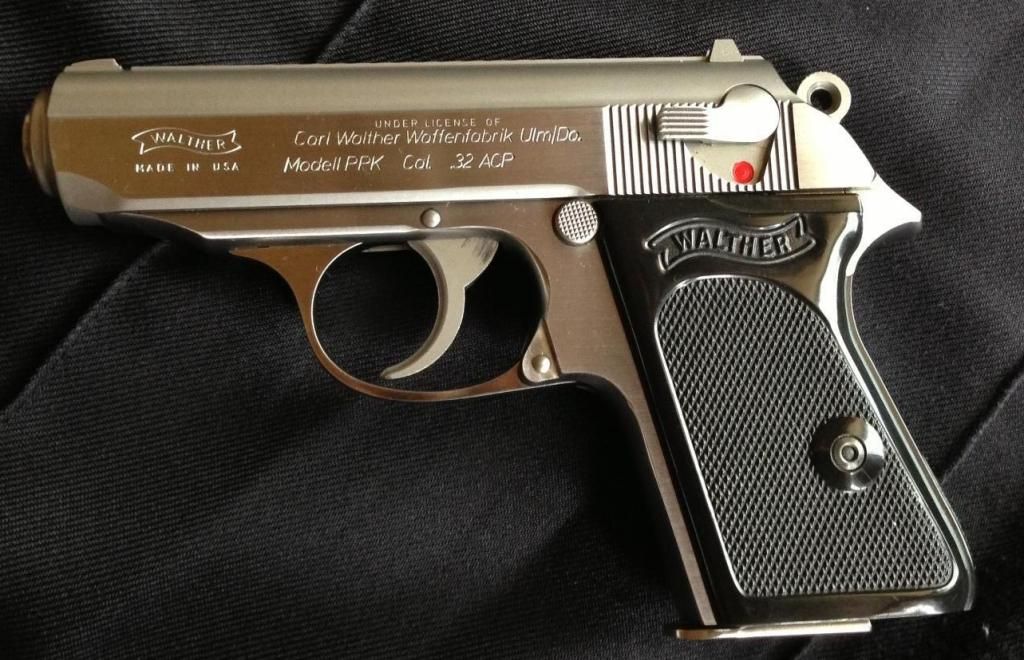Ignition Override
New member
Now and then a very nice example is seen at a local show or on 'that' website.
Considering that many recent S&W PPKs had to be recalled, are all West German PPKs considered to be the highest quality for post-WW2 PPK quality and manufacturing standards?
Have the chance to attend the National Arms Show February 28 in Atlanta, and I've never attended a really large show.
Considering that many recent S&W PPKs had to be recalled, are all West German PPKs considered to be the highest quality for post-WW2 PPK quality and manufacturing standards?
Have the chance to attend the National Arms Show February 28 in Atlanta, and I've never attended a really large show.

